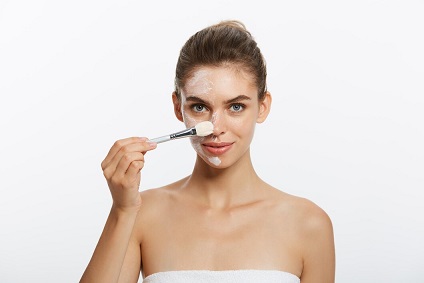Guiding a child through the many stages and developments in life is joyful and responsible. Dental health is one of the key elements to address since birth. From the eruption of the very first tooth to the last set of braces, your child’s dental development is marked by milestones that need attention and care. This guide will help you navigate these stages and ensure your child’s smile stays healthy and bright while growing.
The First Tooth: Starting Oral Care Early
It’s rather thrilling to witness the emergence of the first tooth—this is a significant milestone in your child’s journey to a flawless set of teeth. On average, the first tooth erupts at six months, though there can be really wide individual variations. Truly, proper care of the teeth should start long before the first one appears. Gently wipe your baby’s gums with a soft, damp cloth to remove bacteria and get them used to the brushing routine. When that first tooth pops up, break out a small, soft-bristled toothbrush and a tiny smear of fluoride toothpaste.
Teething Troubles: Soothing Sore Gums
Teething is a somewhat difficult phase of your life and your baby’s, too. From these tiny teeth trying to come through the gums, some amount of side effects may be distress, irritability, and disturbed sleep. Happily, there are several ways to soothe sore gums. Give your baby a clean, cold teething ring. Quite a number of babies are happy with gentle gum massage using their parents’ clean fingers. In addition, if your pediatrician recommends it, over-the-counter teething gels or pain relievers, medicated especially for babies, can be used.
The Need for Regular Checkups
As soon as the first tooth appears, it is the right time to pay a visit to the dentist. According to the American Academy of Pediatric Dentistry, children should have access to a pediatric dentist by their first birthday. Going for dental checkups will keep your child’s teeth healthy and prevent any problem that may arise in the future. The pediatric dentist can also advise on ways of brushing, diet advice, and fluoride treatments. If you live in California, a pediatric dentist in Chula Vista can make your child’s visits to the dental office easy and stress-free.
Losing Baby Teeth: A New Phase Begins
At about six years old, your child will start losing their baby teeth and will begin to get permanent teeth. This will usually take a few years, with most children losing their last baby tooth at around 12 or 13 years old. The same line should be followed with everyday regular brushing and flossing of the teeth so that the permanent new teeth coming in also grow healthy and strong. Encourage your child to brush twice daily and floss daily, paying special attention to the areas where the baby teeth have been lost and the permanent teeth have grown in. Checkups by the dental professional are still a critical component of this age, as the dentist can monitor the eruption pattern of the permanent dentition and note any emerging concerns, such as spacing or misalignment.
Heading to Braces: What to Expect
For many children, the journey to a perfect smile will involve braces. Orthodontic treatment typically commences between the ages of 8 and 14. Braces are commonly utilized to correct crooked teeth, overcrowding, overbites, underbites, and relief to correct jaw positioning as they grow. This usually begins with a consultation from the orthodontist, where upon examination of one’s teeth, there is a devised treatment plan. Braces are usually worn within the range of one to three years and need to be seen for adjustments at the orthodontic office throughout this time frame.
Conclusion
Guiding your child through various dental moments, from teething to braces, is part of maintaining overall good health. Early oral care, routine checkups, and concerns like teething or loss of teeth can all set your child on the right course to ensure that a beautiful, healthy smile stays with them throughout their childhood. Remember, dental health is not only aesthetic; it is a key factor in your child being able to eat, speak, and grow in confidence.



